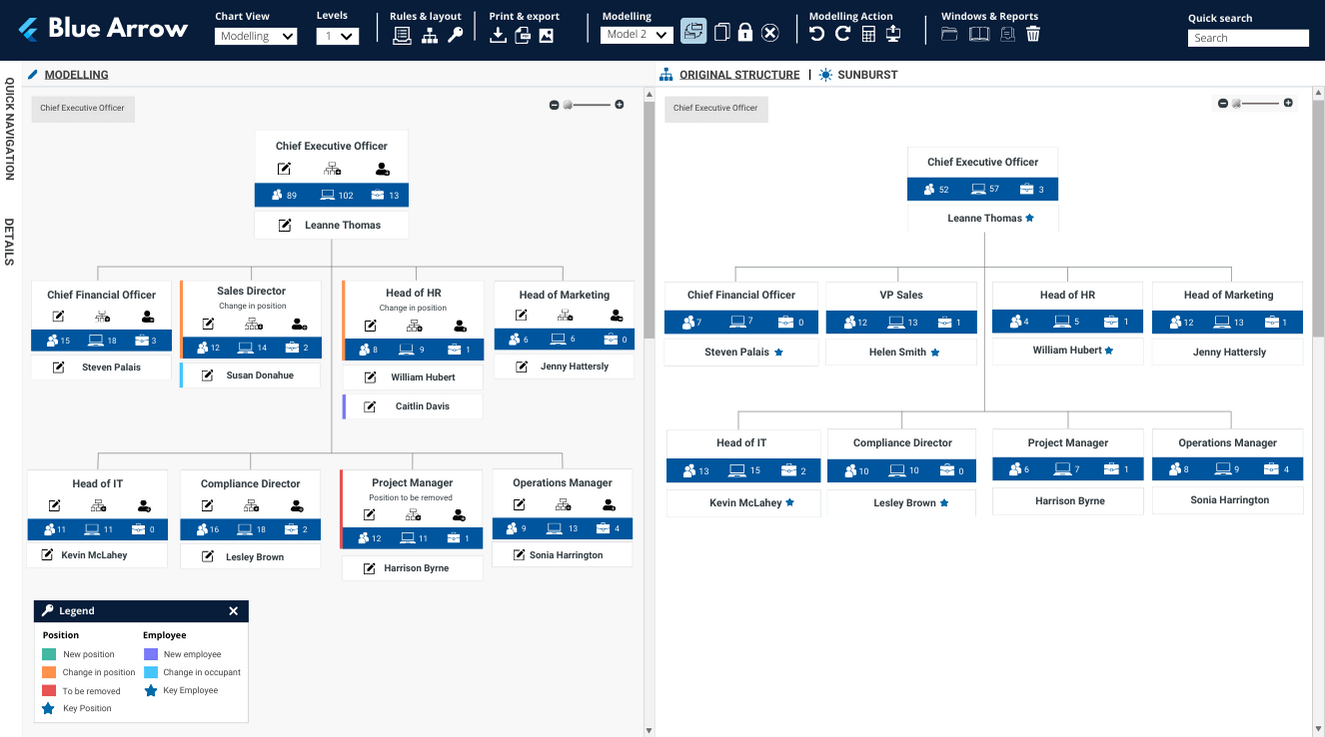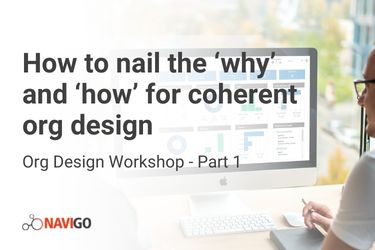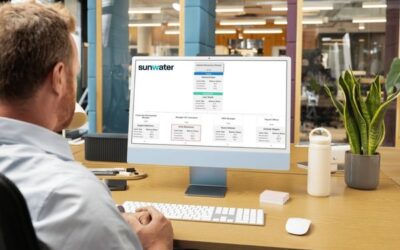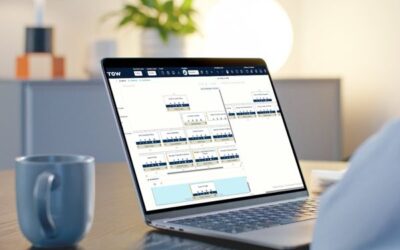Firstly, let’s clarify. When we talk about org design in this article, we’re referring to the process of rethinking and redesigning your workforce to ensure your organisation is better prepared for change. In other words, it’s finding the ‘best fit’ structure and processes to match your defined strategic and operational intent.
Running an org design project is, more often than not, a complex and intricate task. But luckily, there’s lots of ways you can make it much more efficient. And, not to anyone’s surprise, it’s using HR technology.
Common org design data challenges
- It’s difficult to interpret and present large amounts of data: Most organisations rely on the Excel skills of a data scientist / data analyst managing spreadsheets full of lookups and pivot tables.
- Most analysis is point-in-time: Once you export a spreadsheet or report, it’s pretty much instantly becomes out of date.
Why use an org design dashboard?
- To give leadership self-serve access to meaningful information: Visualising data in an automated dashboard tool allows the complex nature of the data to sit behind the user interface. Leaving the end result to be a level of sophisticated simplicity so anyone can access workforce insights, regardless of their technical skills.
- Easily and securely share findings: This work is generally highly confidential, however it’s important for it to be collaborative with the right people too. Using a dedicated org design tool provides a secure workflow for collaboration, review and approval (skip printing, photocopying and emailing sensitive information).
What makes a good org design dashboard tool?
A good dashboard should integrate with your source of truth, so that data can be easily refreshed to keep up with the current state principle. This can be done weekly, daily or even hourly (depending on how often your workforce changes).
What other functionality is important?
- The dashboard shows the impacts of each change against budgets & KPIs
- Easily compare the current and proposed state, with key metrics dynamically updating with each move
- Securely share and collaborate with others on ‘future state’ options
Org design dashboard example
Here’s an example of an ‘impact dashboard’ which outlines the current vs the proposed option and delta results between the two. Each section focuses on important KPIs that were defined when setting the org design strategy. The tool shown below, org.manager, can be configured and customised to fit any customers specific requirements.

By having a summary perspective of the options you create, you can quickly understand and explain how the impacts of each proposal aligns with the strategic intent.
The chart example below gives you an idea of how the options were built and where the ‘proposed’ data in the org design dashboard comes from. We created a ‘position impacts’ legend that you can assign against every employee / role change, which is automatically colour coded based on back-end visualisation rules. By setting position impacts as you go, it’s much easier to understand and assess the bigger picture.

Producing professional dashboards (rather than spreadsheets full of numbers) to present to the executive team always makes the project owner look on top of their game. Most find that using a dashboard tool significantly speeds up the evaluating and decision making process, making them a consistent and enduring part of presentation proposals moving forward.
Want to learn more about org design?
Great! We recently ran a webinar series focused on demystifying the core concepts of the org design process. They’re definitely worth the watch:
If you’d like to discuss whether or not an org design dashboard would work for your organisation, book a meeting with our friendly team. We’re total org design nerds and are always up for a chat.





